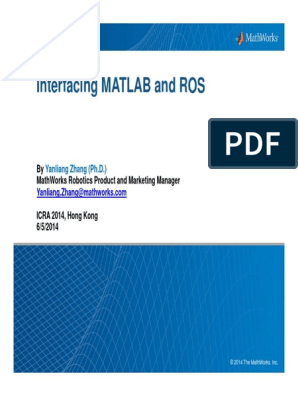0% found this document useful (0 votes)
94 views31 pagesD - Motion Control and Path Planning
The document discusses various aspects of robotics, focusing on motion control, path planning, and interpolation types. It covers the differences between Point to Point (PTP) and Continuous Path (CP) interpolation, including their properties, advantages, and applications. Additionally, it addresses path smoothing techniques to enhance motion efficiency and accuracy in robotic systems.
Uploaded by
Sakshi SinghCopyright
© © All Rights Reserved
We take content rights seriously. If you suspect this is your content, claim it here.
Available Formats
Download as PDF, TXT or read online on Scribd
0% found this document useful (0 votes)
94 views31 pagesD - Motion Control and Path Planning
The document discusses various aspects of robotics, focusing on motion control, path planning, and interpolation types. It covers the differences between Point to Point (PTP) and Continuous Path (CP) interpolation, including their properties, advantages, and applications. Additionally, it addresses path smoothing techniques to enhance motion efficiency and accuracy in robotic systems.
Uploaded by
Sakshi SinghCopyright
© © All Rights Reserved
We take content rights seriously. If you suspect this is your content, claim it here.
Available Formats
Download as PDF, TXT or read online on Scribd
/ 31































































































